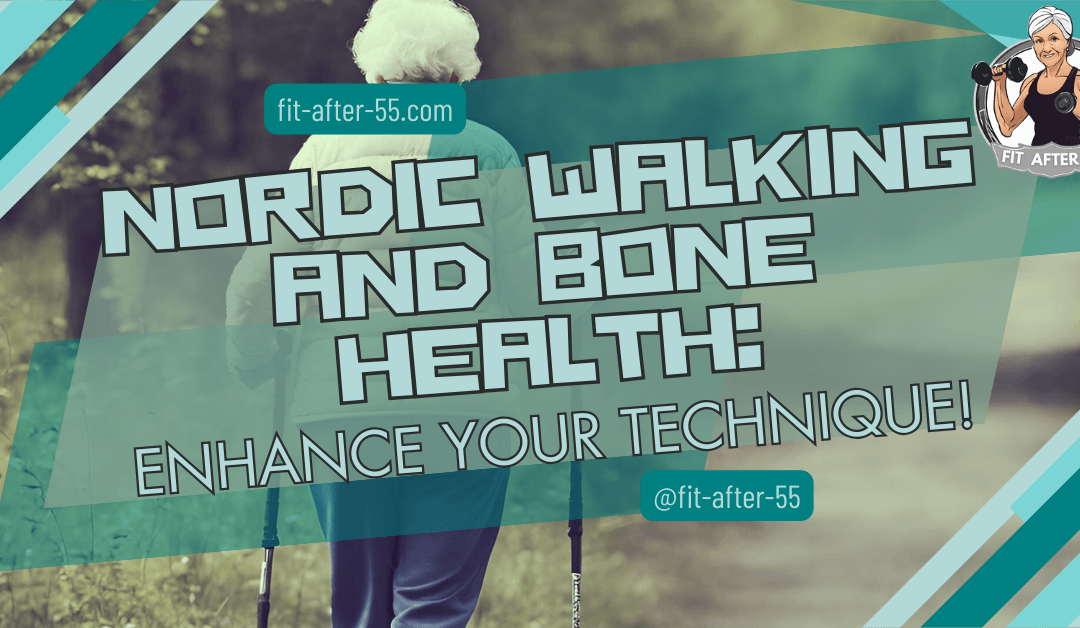Maintaining an active and healthy lifestyle becomes a priority as we age, especially when it comes to our bones. For seniors navigating the challenges of osteoporosis, finding enjoyable and effective ways to stay active is paramount. Enter Nordic walking—a gentle yet impactful exercise that strengthens bones and fosters a deeper connection to nature and community.
Imagine yourself surrounded by the tranquil beauty of the outdoors, each step supported by Nordic walking poles, as you embark on a journey towards stronger bones and a more vibrant life. In this article, In this article, we’ll explore how Nordic walking and bone health offers a holistic approach to combating osteoporosis, empowering senior adults to embrace wellness and vitality with each stride.
Nordic Walking and Osteoporosis: The Path to Stronger Bones
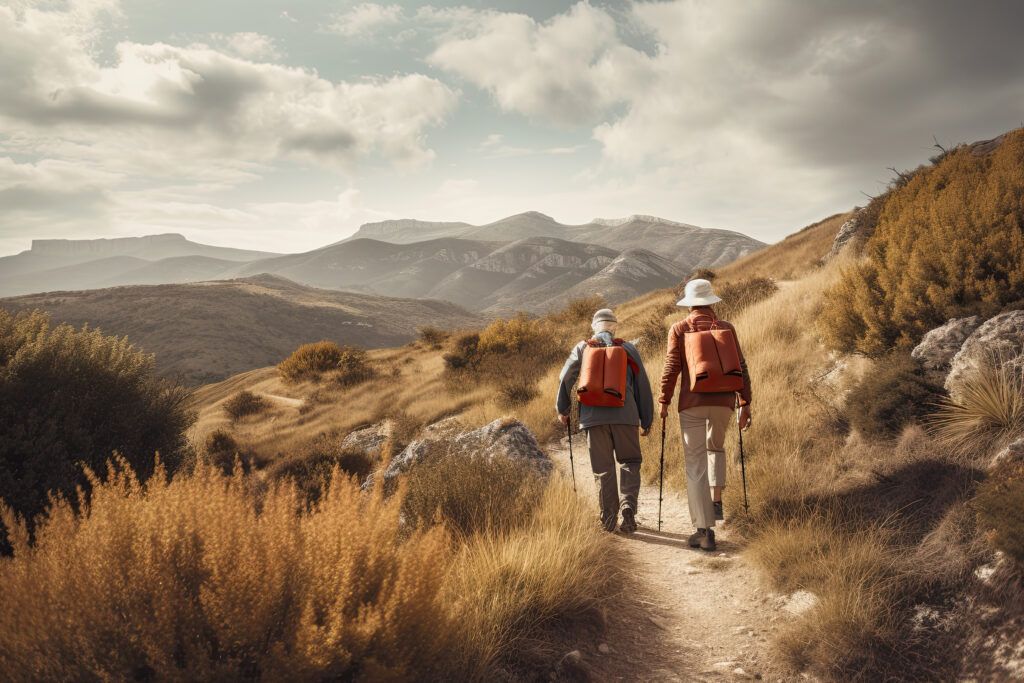
Nordic walking, a walking exercise with specially designed poles, has gained traction as a promising way to bolster bone health among those managing or trying to prevent osteoporosis. This full-body workout doesn’t only improve cardiovascular fitness. Its weight-bearing nature stimulates bone growth and strength.
As osteoporosis makes bones fragile and more prone to fractures, incorporating exercises like Nordic walking could be integral in building and maintaining a sturdy skeletal structure.
The activity is not just for those at risk of bone diseases. People of all ages and fitness levels can take advantage of the benefits of Nordic walking for bone health. It’s a safe and effective exercise that not only targets the lower body but also engages the upper body, thereby providing a balanced workout that can help increase bone mineral content in critical areas susceptible to fractures, such as the wrist.
Understanding the proper Nordic walking technique and safety is essential to maximize the benefits and minimize the risk of injury.
Key Takeaways
- Nordic walking is a beneficial exercise for improving overall bone health.
- Proper technique is critical to ensure the safety and effectiveness of Nordic walking.
- Nordic walking is accessible and useful for people at various fitness levels and ages.
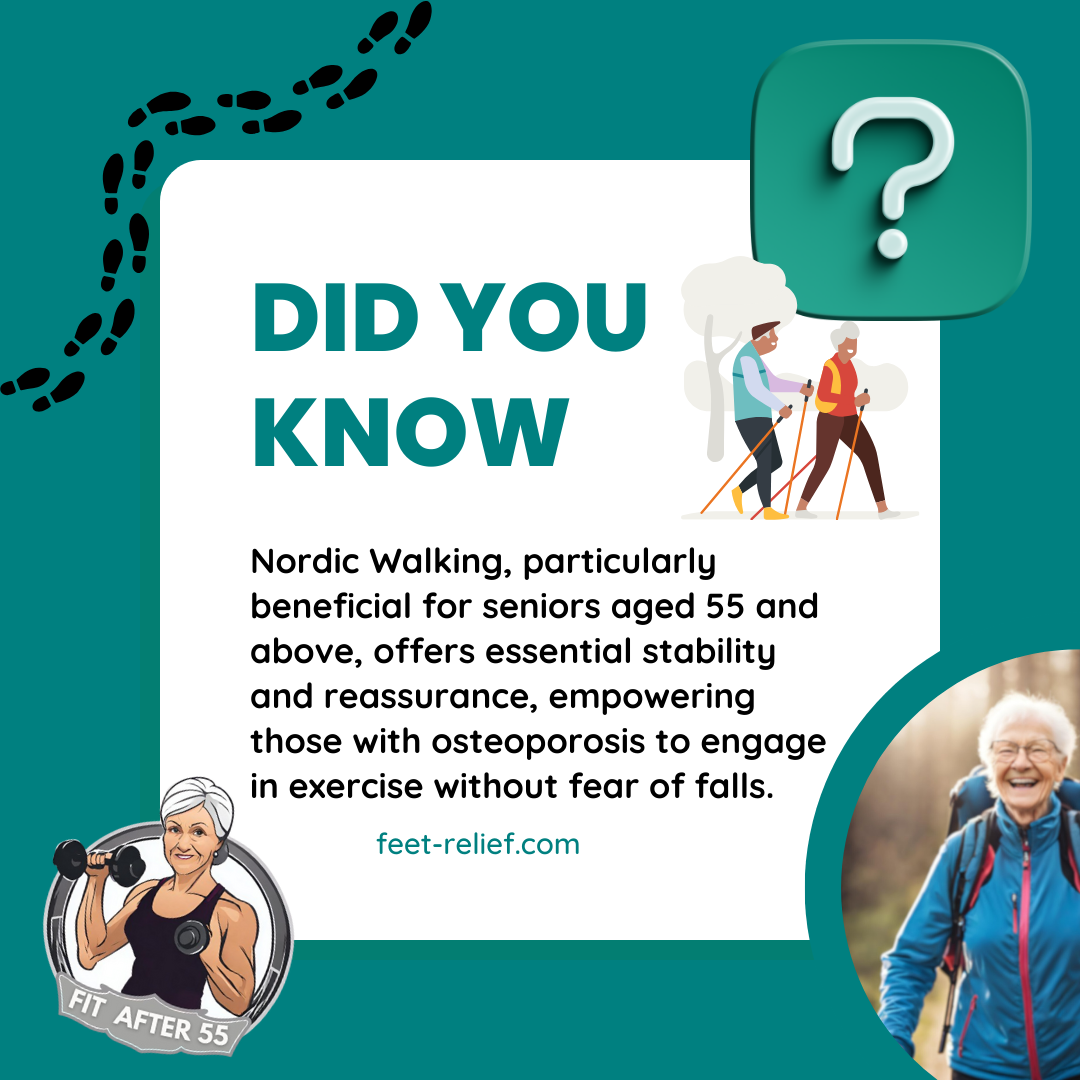
Understanding Osteoporosis
In this section, you’ll gain a solid understanding of what osteoporosis is, how bone density and mass play a critical role, and the risk factors associated with the condition.
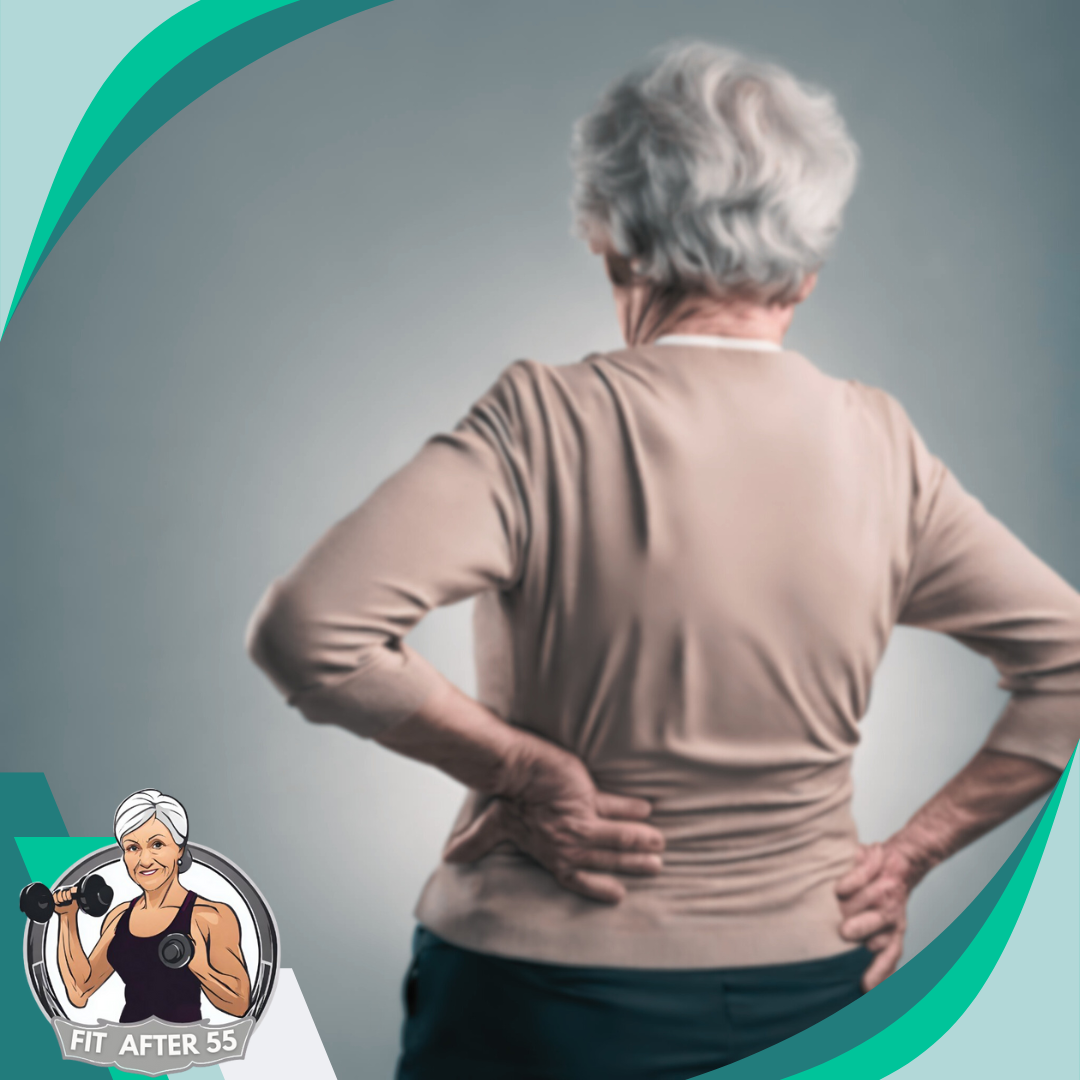
Defining Osteoporosis
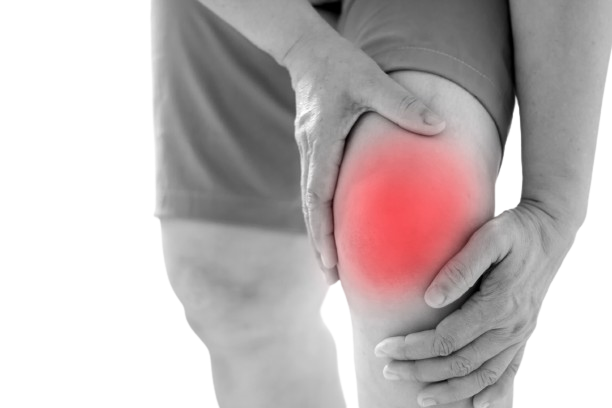
Osteoporosis is a condition characterized by the weakening of bones, making them fragile and more prone to fractures. Your bones lose density and mass, which means the spaces within your bone structure become larger and the bone matter per square inch reduces, resulting in bones that may break from a fall or, in serious cases, from minor bumps or sneezes.
Bone Density and Mass
Bone density refers to the amount of bone mineral in bone tissue. High bone density indicates strong bones, while low bone density can signify you’re at risk for osteoporosis. Your bone mass peaks in your early 20s and can decrease over time, which is why maintaining bone density as you age is crucial for skeletal health.
Risk Factors for Osteoporosis
Several factors can increase your risk for developing osteoporosis. These include:
- Age: The older you get, the higher the risk.
- Gender: Women are more likely to develop osteoporosis.
- Family History: A family history of osteoporosis can predispose you to the condition.
- Nutritional Deficiencies: A diet lacking in calcium and vitamin D is a significant risk factor.
- Physical Activity Level: Less active individuals have a higher risk of osteoporosis.
- Lifestyle Choices: Smoking and excessive alcohol consumption contribute to bone loss.

Fundamentals of Nordic Walking
Nordic walking is an outdoor activity that combines walking with the use of specially designed poles similar to ski poles. This exercise promotes full-body engagement and offers various health benefits.

Origins and Evolution of Nordic Walking
Nordic walking originated from cross-country skiing, specifically as summer training for skiers. It has since evolved into a popular fitness activity practiced by people of all ages and fitness levels. Your experience with Nordic walking can vary significantly depending on how you incorporate it into your exercise routine.
Equipment and Techniques
Proper equipment and technique are crucial for maximizing the benefits of Nordic walking. You will need:
- Poles: Specifically designed for Nordic walking, these poles come with straps and are made of lightweight materials.
- Footwear: Comfortable walking or running shoes with good grip are recommended.
Technique Basics:
- Hold your poles at an angle, planting them behind you to mimic the natural arm swing during regular walking.
- Push off with each pole to engage your upper body muscles and propel yourself forward.
- Maintain a straight back and a steady pace as you walk.
Benefits of Nordic Walking for Bone Health
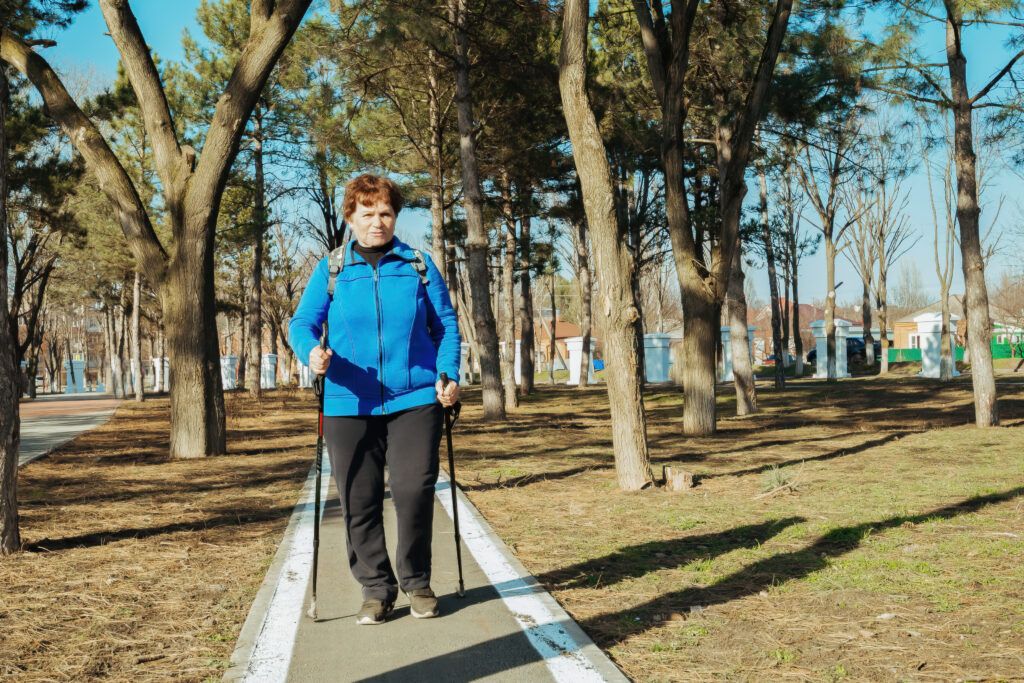
Impact on Bone Density
Nordic walking is shown to contribute to the increase in bone mineral content (BMC) and areal bone mineral density (aBMD), particularly in the distal radius of the arm. This implies that regularly engaging in Nordic walking can help in strengthening the bones of your wrist area, making them more resistant to degeneration.
Reduction in Fracture Risk
By improving bone strength, Nordic walking naturally leads to a lower risk of fractures. Stronger bones mean that you’re less likely to suffer from broken bones if you fall. Furthermore, the balance and coordination that Nordic walking requires can help prevent falls in the first place, providing a dual benefit for reducing fracture risk.
Nordic Walking as a Weight-Bearing Exercise
Weight-bearing exercises are essential for bone health, as they stimulate bone formation and slow down bone loss. Nordic walking qualifies as a weight-bearing exercise because you’re moving against gravity with the added resistance from the walking poles. This activity helps you build strong bones and maintain them over time.
Nordic Walking Technique and Safety
Nordic walking is an effective way to strengthen your bones, but achieving the best results requires proper technique and attention to safety. This section will guide you through the essentials of form and equipment selection and provide safety tips to begin your Nordic walking journey confidently.

Proper Form and Posture
To maximize the benefits of Nordic walking, it is crucial to maintain correct form:
- Keep your back straight, just as if you were standing against a wall, to prevent strain.
- The poles should be held at a slight angle and they should alternate with your leg movements. When your left foot goes forward, your right hand swings with the pole, and vice versa.
- When placing the pole on the ground, it should be near the heel of your opposite foot.
- Push off with each pole to give you forward momentum – this engages muscles not typically used during regular walking.
Choosing the Right Poles
Selecting poles that complement your Nordic walking is essential for both effectiveness and safety:
- Height: Your poles should reach up to your armpits when standing upright with the tips touching the ground.
- Material: Lightweight poles made of carbon or aluminum allow for agility and ease of use.
- Grip and straps: Ensure that the grip is comfortable and that straps are secure, yet easy to release.
Safety Tips for Beginners
As you embark on Nordic walking, be mindful of these safety tips to avoid injury and enjoy a smooth experience:
- Begin on flat, even terrain to get used to the poles and technique before progressing to varied landscapes.
- Wear appropriate footwear: Shoes with good grip and support will prevent slips and falls.
- Stay hydrated and protect yourself from the elements with sunscreen or appropriate clothing depending on the weather.
Implementing Nordic Walking into Daily Life
Nordic walking offers a practical exercise that can be seamlessly integrated into your daily routine, promoting bone health and aiding in the management of osteoporosis. With a structured approach and a supportive community, you can enhance your physical well-being, one step at a time.

Creating a Nordic Walking Routine
To begin, schedule consistent times each week for Nordic walking. Consider morning walks to kickstart your day or evening strolls to unwind. Stick to well-lit, smooth pathways and gradually increase your walking time to at least 150 minutes per week as recommended for moderate-intensity aerobic activity. Use appropriate equipment to ensure safety and maximize the workout benefits for bone strengthening.
Setting Realistic Goals
Start with short distances and a comfortable pace, focusing on maintaining proper form. Aim for small, attainable milestones, like increasing your walk’s duration by five minutes each week. Over time, you’ll notice improved endurance and confidence, which is vital for sustaining motivation and obtaining the health benefits of Nordic walking.
Community and Social Aspects
Joining a local Nordic walking group can enhance your experience. The social environment provides encouragement and accountability, two key factors in the successful adoption of a new exercise habit. Through community involvement, participants often discover a sense of belonging and increased enjoyment during their Nordic walking sessions.
Scientific Research and Evidence
In exploring the relationship between Nordic Walking and bone health, you’ll discover a robust body of scientific research. These findings reinforce the potential benefits and comparative effectiveness of Nordic Walking as a bone-strengthening exercise, particularly for individuals with low bone density.
Studies on Nordic Walking and Bone Health
Research indicates that Nordic Walking may be particularly beneficial for increasing bone density. For instance, a study on women with low bone mass showed that a regimen of Nordic Walking helped improve sarcopenia-related parameters, which are crucial indicators of muscle and bone health. This study suggests that Nordic Walking could be a valuable component of a bone-strengthening exercise regimen for individuals at risk of osteoporosis Effects of short-term Nordic walking training on sarcopenia-related parameters in women with low bone mass: a preliminary study.
Additionally, the impact of Nordic Walking on the distal radius bone, a common fracture site, has been examined. Results showed an increase in bone mineral content and areal bone mineral density as a result of Nordic Walking, highlighting the sport’s potential to reduce fracture risk Nordic Walking Increases Distal Radius Bone Mineral Content in Young….
Comparative Analysis with Other Exercises
When comparing Nordic Walking to other forms of exercise, it’s important to consider the unique aspects of the activity that may contribute to bone health. The pole push-off movement in Nordic Walking could offer distinct advantages over exercises that do not mimic this motion. While studies emphasize the importance of weight-bearing exercises for bone health, Nordic Walking involves both weight-bearing and resistance, potentially making it more effective in stimulating bone osteogenesis than walking without poles The Effectiveness of Physical Exercise on Bone Density in… – PubMed.
Expert Opinions on Efficacy
Expert opinions support the scientific findings. Healthcare professionals often recommend Nordic Walking as a beneficial exercise for bone health. The combination of aerobic activity and muscle engagement is frequently cited as one of the reasons Nordic Walking may be particularly effective for preventing and managing osteoporosis Effects of short-term Nordic Walking training on sarcopenia-related….
Moreover, the use of Nordic Walking poles with an integrated resistance shock absorber has been evaluated. This furthers the conversation about how the nuances of the exercise can affect bone density positively Nordic walking with an integrated resistance shock absorber… – Nature.
Challenges and Considerations

When integrating Nordic walking into your routine for osteoporosis management, it’s important to navigate a few challenges. These considerations will help you maximize benefits while minimizing potential obstacles.
Addressing Common Misconceptions
You might hear that Nordic walking is only beneficial in younger individuals or that it doesn’t differ from regular walking. However, studies have shown that this activity can positively impact sarcopenia-related parameters in older women with low bone mass. It’s important to understand that Nordic walking engages more muscle groups compared to ordinary walking, potentially leading to greater benefits in bone strength.
Accessibility and Affordability
Access to Nordic walking poles and appropriate training can be hurdles. While Nordic walking poles may vary in price, investing in a durable pair can improve your walking technique and safety. Consider community programs or groups, which may offer affordable options for equipment and training.
Dealing with Adverse Weather Conditions
Adverse weather conditions can hamper your ability to maintain a consistent Nordic walking regimen. To address this, plan for indoor spaces such as malls or covered tracks for walking during inclement weather. Alternatively, strategize your schedule to leverage moments of favorable weather to ensure you continue to support your bone health consistently.
Supplementing Nordic Walking with Other Bone-Strengthening Activities
Nordic Walking is an excellent low-impact exercise, particularly beneficial for improving bone density and supporting the management of conditions like osteoporosis. To further support your bone health, complement Nordic walking with a variety of bone-strengthening activities.
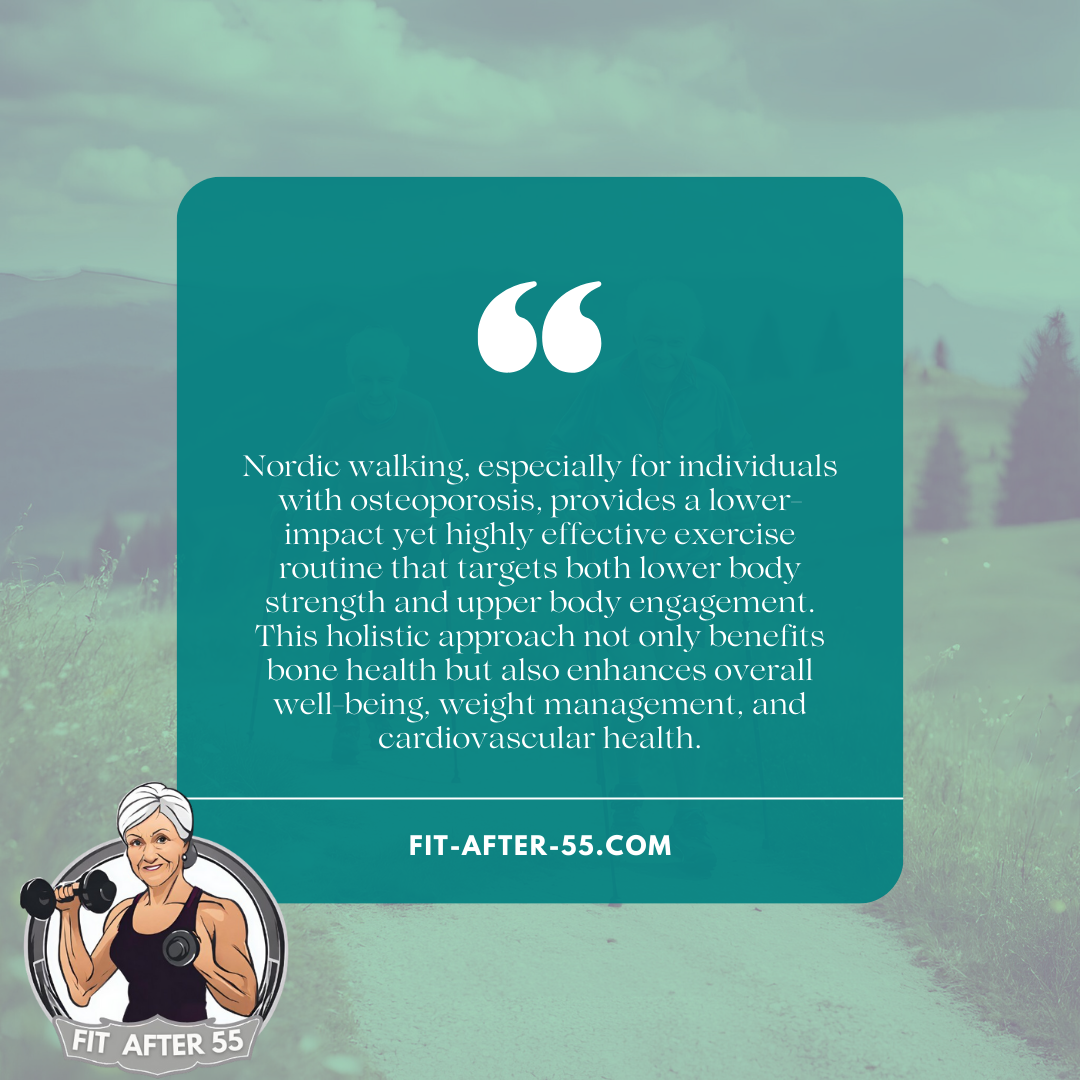
Weight-Bearing Exercises:
Incorporate weight-bearing exercises that require you to work against gravity. These activities enhance bone density and are crucial for bone health.
- Walking
- Hiking
- Jogging
- Dancing
Strengthening your muscles also benefits your bones. Focus on exercises that target major muscle groups.
- Free weights
- Resistance bands
- Body-weight exercises like push-ups and squats
Balance and Flexibility Routines:
Improving your balance and flexibility can reduce the risk of falls, which is particularly important for those with osteoporosis.
- Yoga
- Tai Chi
High-Impact Activities:
If your doctor agrees it’s safe, add high-impact activities for further bone strengthening.
- Tennis
- Aerobics
Remember, always consult your healthcare provider before starting any new exercise regimen, especially if you have osteoporosis. For more detailed guidance regarding specific exercises, the exercise brochure from the Osteoporosis Foundation can be a useful resource.
Stride Towards Stronger Bones
Nordic walking presents itself as a promising avenue for senior adults seeking to fortify their bones and enhance their overall well-being. With its gentle yet effective approach, this activity offers not just physical benefits but also opportunities for connection, exploration, and joy. As you lace up your shoes and grasp your Nordic walking poles, remember that each step is a stride toward a stronger, healthier future.

Consider Nordic Walking for Bone Health; whether you’re managing osteoporosis or simply striving for optimal bone health, consider incorporating Nordic walking into your routine. Embrace the outdoors, feel the rhythm of your steps, and relish in the sense of empowerment that comes with each stride. Your bones—and your body—will thank you for it. Let’s step forward together towards a life of vitality and strength.
Frequently Asked Questions
Exploring the benefits and best practices of Nordic walking for individuals with osteoporosis can help you make informed decisions about incorporating this exercise into your routine.
How does Nordic walking benefit individuals with osteoporosis?
Nordic walking, with its use of poles, provides a full-body workout that can help improve your balance, posture, and mobility. For those with osteoporosis, these benefits are crucial in maintaining bone health and reducing the risk of falls.
Can regular Nordic walking increase bone density and strength?
Yes, as a weight-bearing exercise, regular Nordic walking can increase bone density and strength, especially in the hip and spine regions, which are critical areas affected by osteoporosis.
What are the recommended Nordic walking techniques for someone with osteoporosis?
When engaging in Nordic walking, you should maintain an upright posture and a steady pace. Ensure that the poles are used to support your weight with each stride, taking care not to overextend your arms or lock your joints.
Are there any specific Nordic walking exercises tailored for osteoporosis?
While Nordic walking itself is beneficial, incorporating exercises such as gentle hill climbs and varying your stride length can provide additional strength and support for bone health.
How often should someone with osteoporosis engage in Nordic walking?
Consistency is key; aim for at least 30 minutes of Nordic walking most days of the week. You can gradually increase the duration and intensity as you build stamina and confidence in your abilities.
What precautions should be taken while Nordic walking with osteoporosis?
It’s important to use properly fitted walking poles and supportive footwear to reduce joint impact. Begin with shorter sessions to assess how your body responds. Consider consulting with a healthcare professional before starting any new exercise program.
Unlock Your Vitality: Visit Fit After 55 Today!
Ready to thrive after 55? Don’t let age hold you back from living your best life. Visit https://fit-after-55.com today and join our thriving community of like-minded individuals committed to embracing vigor, strength, and joy at every stage of life. Let’s embrace vitality together!

